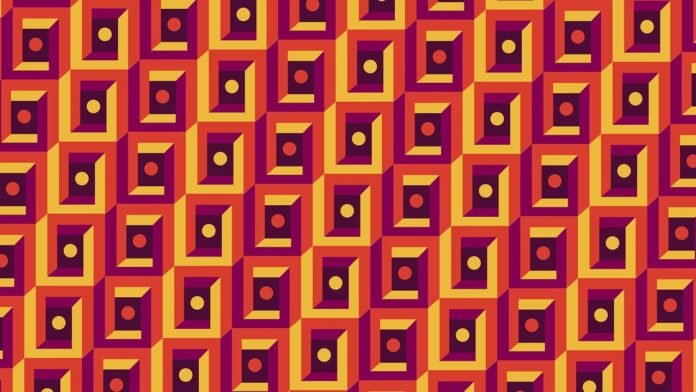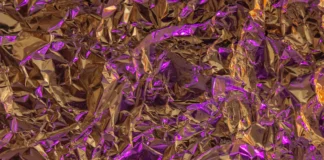Tufting is an age-old textile technique that involves the creation of pile fabrics, rugs, and carpets by inserting yarn or fabric loops through a backing material. This traditional craft has evolved over centuries and continues to be practiced today in various forms across different cultures and regions. From hand-tufting to mechanized tufting processes, this art form encompasses a wide range of techniques and styles, each with its unique characteristics and applications.
Historical Significance of Tufting
Tufting has a rich history that dates back to ancient civilizations, where it was used to create luxurious textiles for royalty and nobility. The art of tufting has been practiced in cultures around the world, from the Middle East and Asia to Europe and the Americas. Over time, tufting techniques have evolved and adapted to changing technologies and societal needs, but the essence of this craft remains rooted in tradition and craftsmanship.
Materials and Tools Used in Tufting
The art of tufting requires a few essential materials and tools, including a tufting gun or needle, backing fabric, and yarn or fabric for tufting. Tufting guns come in various sizes and styles, ranging from handheld manual tools to large industrial machines used in commercial production. Backing fabrics can be made from natural fibers like cotton or wool, synthetic materials like polyester or nylon, or a combination of both. Yarn or fabric for tufting comes in a wide range of colors, textures, and thicknesses, allowing for endless creative possibilities in tufted designs.
Types of Tufting Techniques
There are several different tufting techniques, each with its unique characteristics and applications. Hand-tufting is the most traditional and labor-intensive method, where artisans use a handheld tufting needle to insert yarn or fabric loops through a backing material. This technique allows for intricate and detailed designs but requires skilled craftsmanship and patience. Machine tufting, on the other hand, involves the use of mechanized tufting machines to create rugs, carpets, and other textiles on a larger scale. This method is faster and more efficient than hand-tufting but may lack the same level of craftsmanship and artistry.
Applications of Tufting
Tufting has a wide range of applications across various industries, from interior design and home decor to fashion and art. In interior design, tufted rugs, carpets, and upholstery add texture, warmth, and visual interest to living spaces, offices, and commercial environments. In fashion, tufting techniques are used to create embellishments, trims, and surface textures in garments, accessories, and footwear. In art, tufting is a versatile medium for creating textile-based installations, sculptures, and mixed-media artworks that explore themes of texture, color, and form.
Innovation and Sustainability in Tufting
As technology advances and consumer preferences evolve, the tufting industry is embracing innovation and sustainability to meet the demands of the modern market. Manufacturers are developing new tufting machines and techniques that improve efficiency, reduce waste, and expand design possibilities. Additionally, there is a growing emphasis on using eco-friendly materials and production methods in tufting, such as recycled fibers, natural dyes, and water-saving processes. These initiatives help reduce the environmental impact of tufting and promote a more sustainable approach to textile manufacturing.
Challenges and Opportunities in Tufting
Despite its long history and enduring popularity, tufting faces several challenges in the modern era, including competition from other textile techniques, changing consumer preferences, and economic pressures. However, these challenges also present opportunities for innovation, collaboration, and adaptation within the tufting industry. By embracing new technologies, exploring new markets, and collaborating with designers and artists, tufting manufacturers can continue to thrive and evolve in the ever-changing landscape of the textile industry.
Education and Preservation of Tufting
Preserving the art of tufting and passing down traditional techniques to future generations is essential for ensuring its continued relevance and vitality. Educational programs, workshops, and apprenticeships play a crucial role in teaching tufting skills and fostering a new generation of artisans and craftsmen. Additionally, efforts to document and preserve the history and cultural significance of tufting help raise awareness and appreciation for this timeless craft.
Global Impact of Tufting
Tufting has a significant global impact, both economically and culturally, contributing to the livelihoods of artisans, manufacturers, and communities around the world. From rural villages to urban centers, tufting supports local economies, creates jobs, and preserves cultural heritage. Additionally, tufted textiles are exported and enjoyed by people in every corner of the globe, enriching lives and connecting cultures through the universal language of craftsmanship and creativity.
Future Trends in Tufting
Looking ahead, the future of tufting is bright, with new technologies, materials, and design trends driving innovation and creativity in the industry. As consumer demand for sustainable and artisanal products continues to grow, tufting manufacturers are likely to focus on eco-friendly practices, handcrafted techniques, and unique, personalized designs. Additionally, advancements in digital design tools and 3D printing may open up new possibilities for tufted textiles, allowing for even greater creativity and customization in the years to come.
Tufting not only contributes to the economic livelihoods of communities worldwide but also serves as a cultural heritage, preserving traditional craftsmanship and connecting people across borders. As the industry adapts to changing consumer demands and embraces sustainability, it paves the way for a more environmentally conscious and socially responsible future. Education and collaboration play pivotal roles in ensuring the longevity of tufting, empowering artisans and enthusiasts to carry on its legacy for generations to come. With its timeless appeal and adaptability to modern trends, tufting remains an integral part of the textile landscape, promising innovation, creativity, and inspiration for years ahead.
In conclusion, tufting is a time-honored textile craft with a rich history and a bright future. From its origins in ancient civilizations to its modern-day applications in art, fashion, and design, tufting continues to captivate and inspire people around the world. With its emphasis on innovation, sustainability, education, and global impact, the tufting industry is poised for continued growth and evolution. By embracing new technologies, preserving traditional techniques, and fostering collaboration and creativity, the tufting industry can thrive in the ever-changing landscape of the textile world. As we look ahead to the future of tufting, we can anticipate exciting developments, new opportunities, and endless possibilities for this timeless craft.














